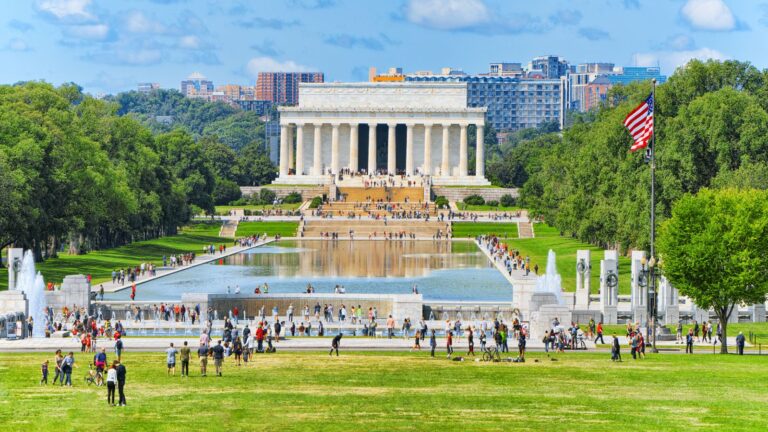Traveling to see the world’s most famous landmarks is a dream for many, but these iconic places hold more secrets than most visitors realize. Here are some fascinating, lesser-known facts about 17 renowned landmarks that will give you a fresh perspective on these remarkable sites.
Eiffel Tower’s Secret Apartment
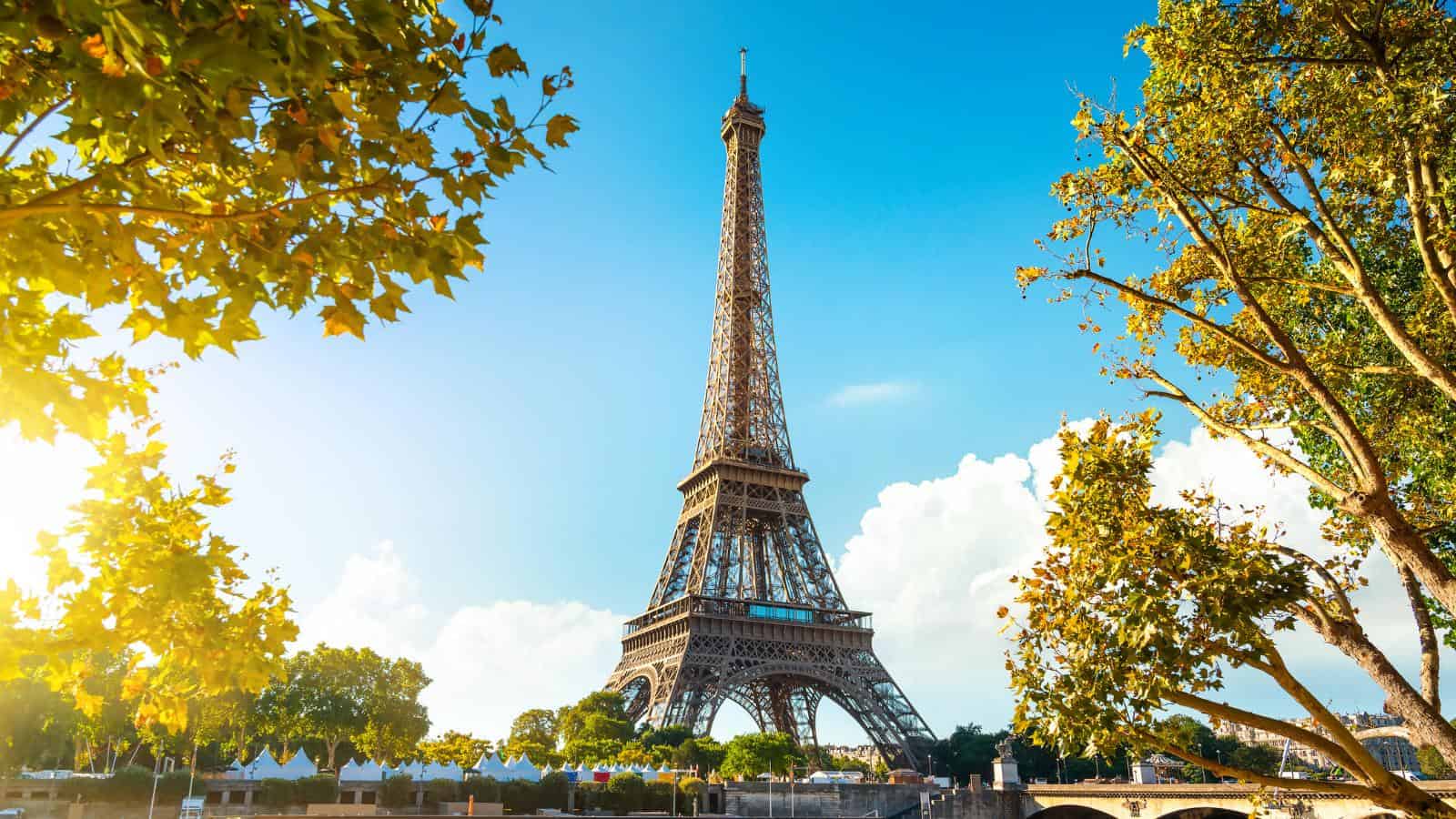
Believe it or not, Architectural Digest shares that Gustave Eiffel, the engineer behind the Eiffel Tower, built a small apartment for himself at the top of the structure. This private space, furnished in 19th-century style, remains preserved and is occasionally opened for public viewing, offering a glimpse into Eiffel’s personal life. Sadly, it’s not yet available as an Airbnb.
Leaning Tower of Pisa’s Tilt
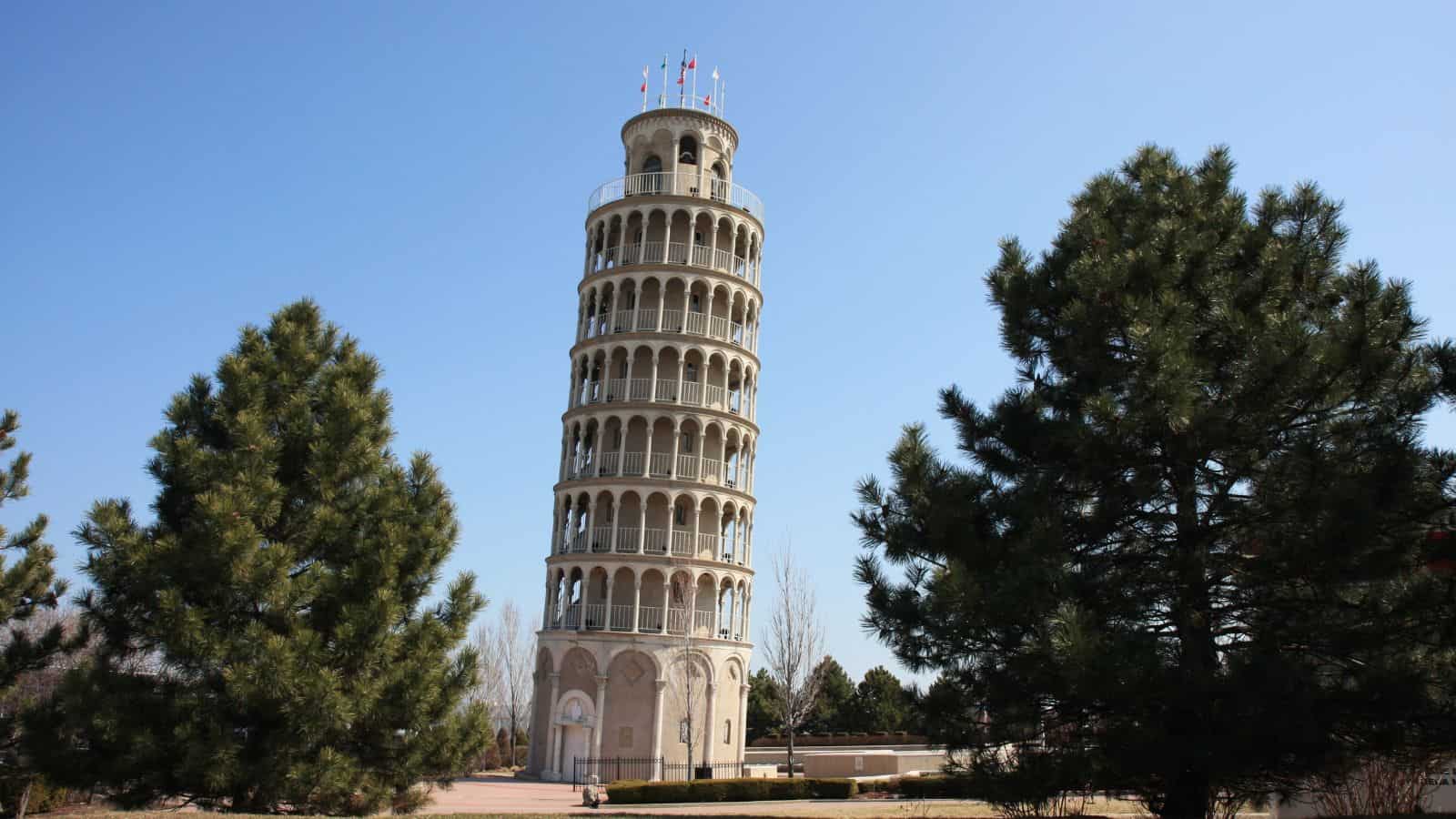
Few people realize that the Leaning Tower of Pisa began tilting during its construction in 1173 due to an unstable foundation. Builders attempted to correct the tilt several times over the centuries. These efforts ultimately failed, resulting in the iconic slant that has made the tower famous, and we wouldn’t want it any other way.
A Hidden Room in Mount Rushmore
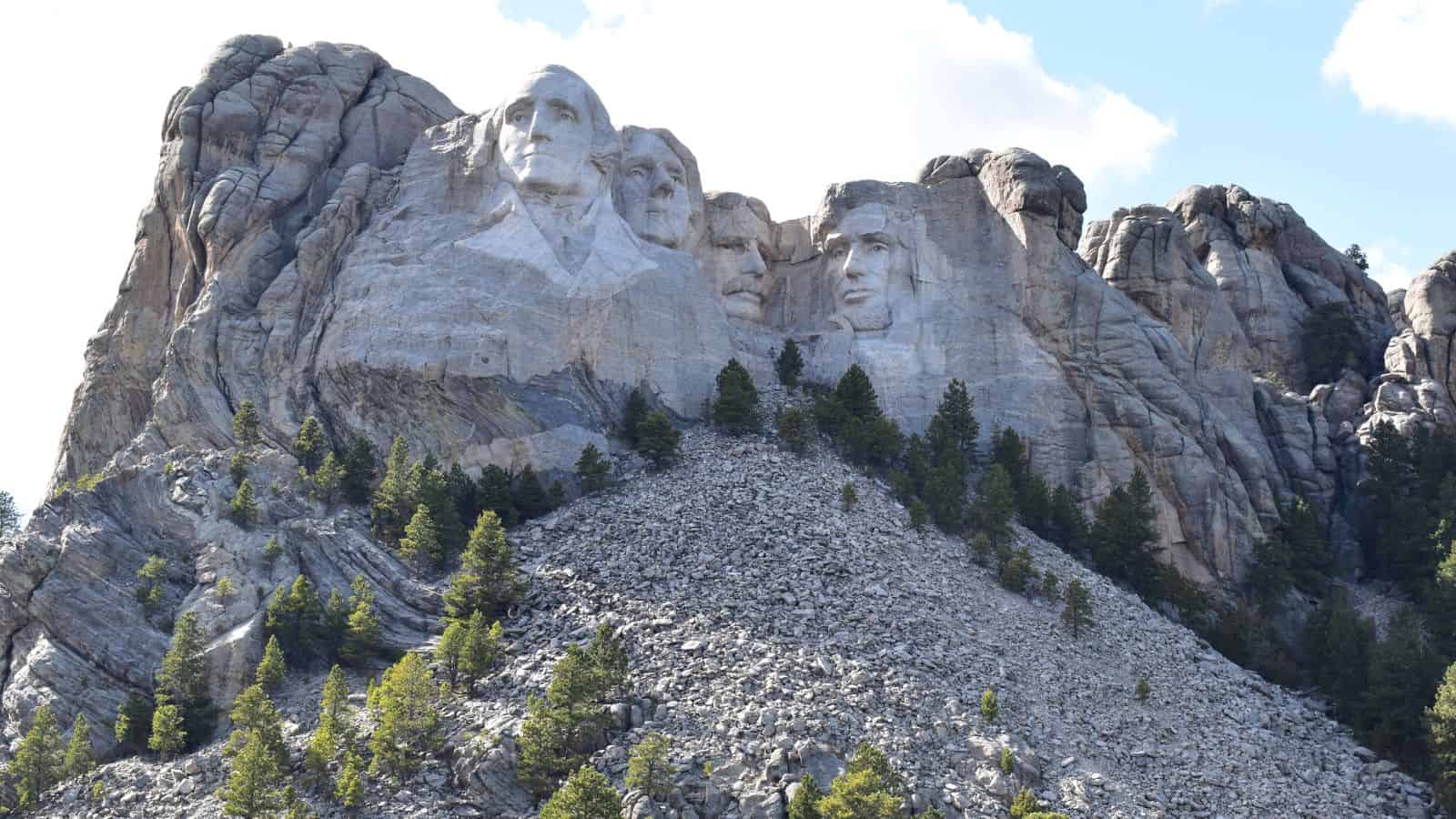
Just like in the Eiffel Tower, behind Abraham Lincoln’s head on Mount Rushmore lies a hidden chamber. Sculptor Gutzon Borglum intended this space to house America’s most important documents. Although never fully completed, the chamber still exists and does contain some historical records, adding mystery to the monument.
Big Ben’s Official Name
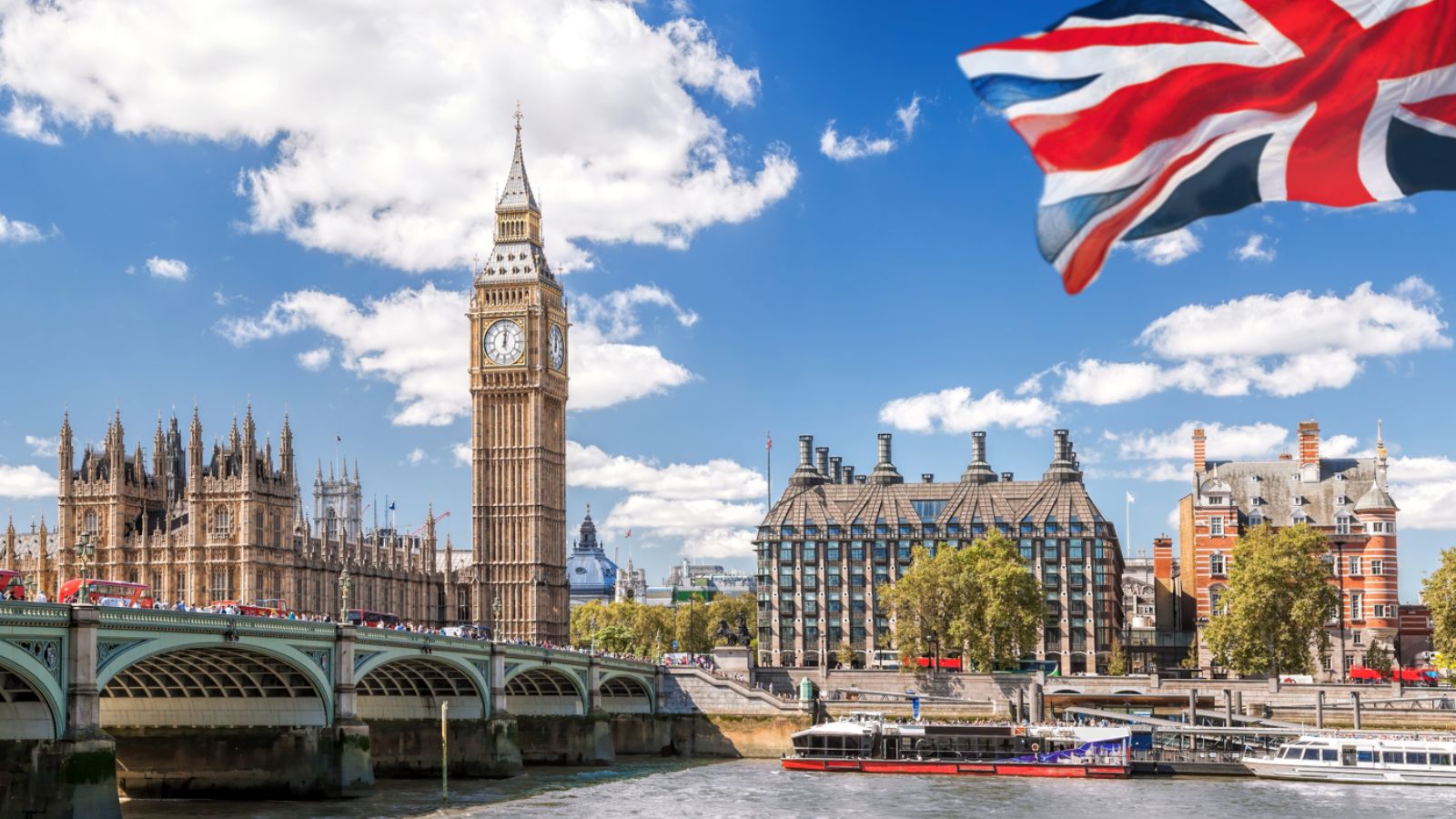
Many people think Big Ben refers to the clock or tower, but it’s actually the nickname for the Great Bell within the Elizabeth Tower. Renamed in 2012 to honor Queen Elizabeth II’s Diamond Jubilee, the bell, not the clock, is the true “Big Ben.”
The Liberty Bell’s Mysterious Crack
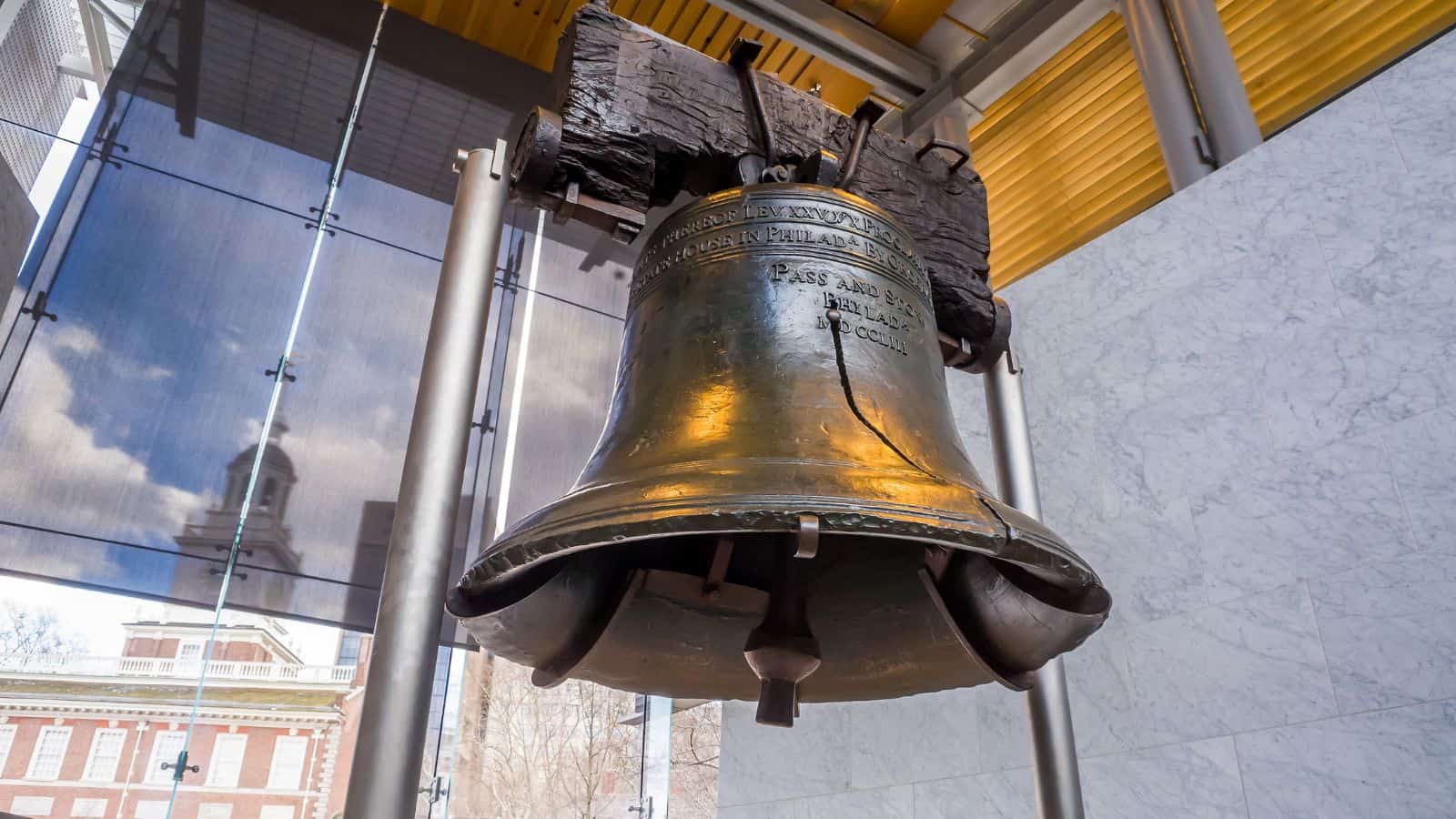
Another little-known fact about a famous landmark is that the famous crack in the Liberty Bell appeared when it was first rung after arriving in Philadelphia in 1752. Repair efforts made the crack worse, resulting in the iconic split seen today. The bell hasn’t been rung since George Washington’s birthday in 1846, and that’s probably for the best.
The Great Wall of China’s Sticky Secret

Bizarrely, sticky rice was used as mortar in the construction of the Great Wall during the Ming dynasty. This unique mixture, composed of rice flour and slaked lime, contributed to the wall’s resilience and strength, helping it withstand centuries of wear and natural disasters.
The Colosseum’s Connection to Cats
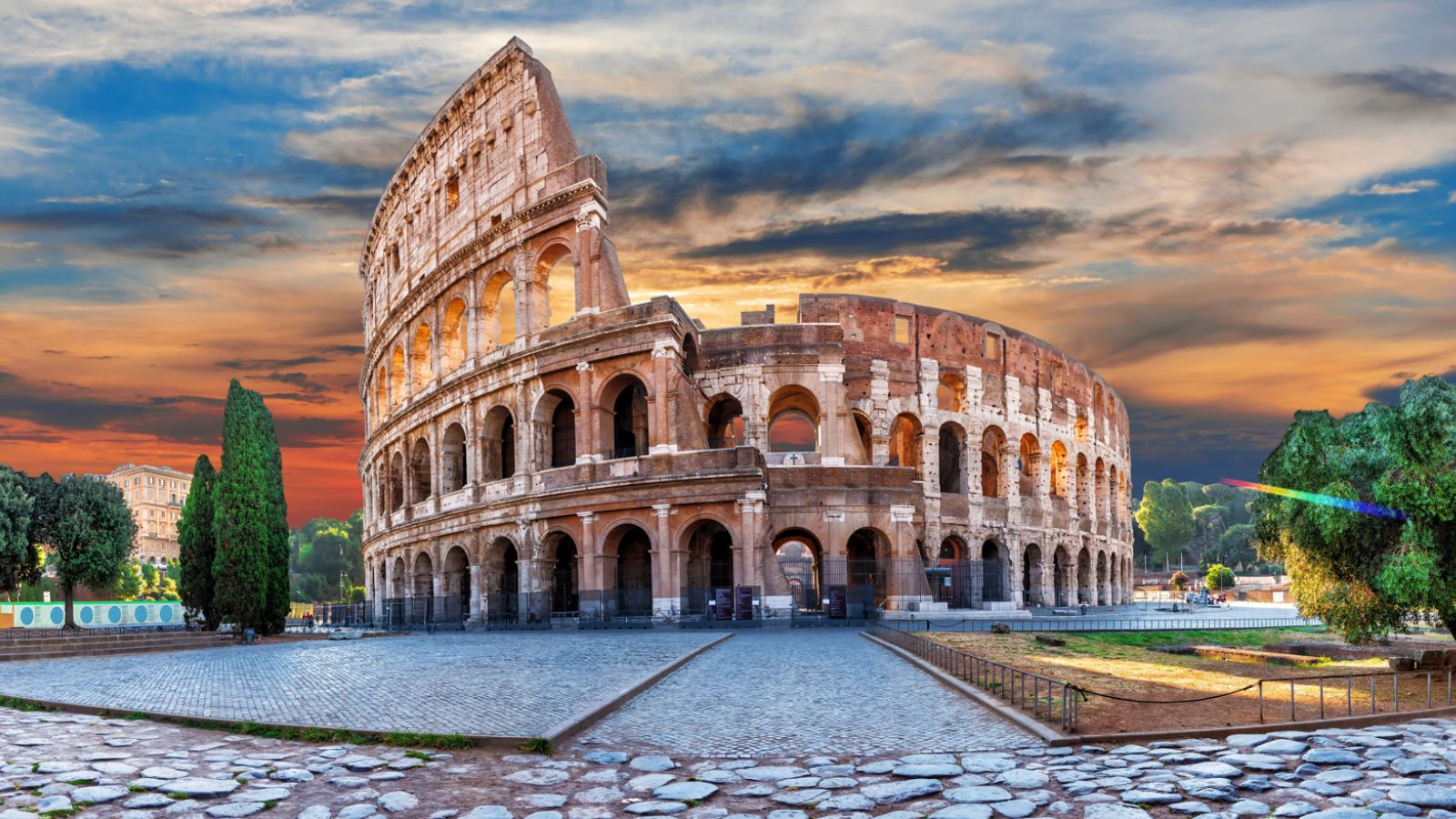
If you’ve ever visited, you’ll know that Rome’s Colosseum is home to hundreds of stray cats. Protected by Italian law, these cats are fed and cared for by volunteers. The feline inhabitants are so integral to the landmark that the Italian government designated the Colosseum as an official cat sanctuary in 2001.
Sydney Opera House’s Architectural Struggle
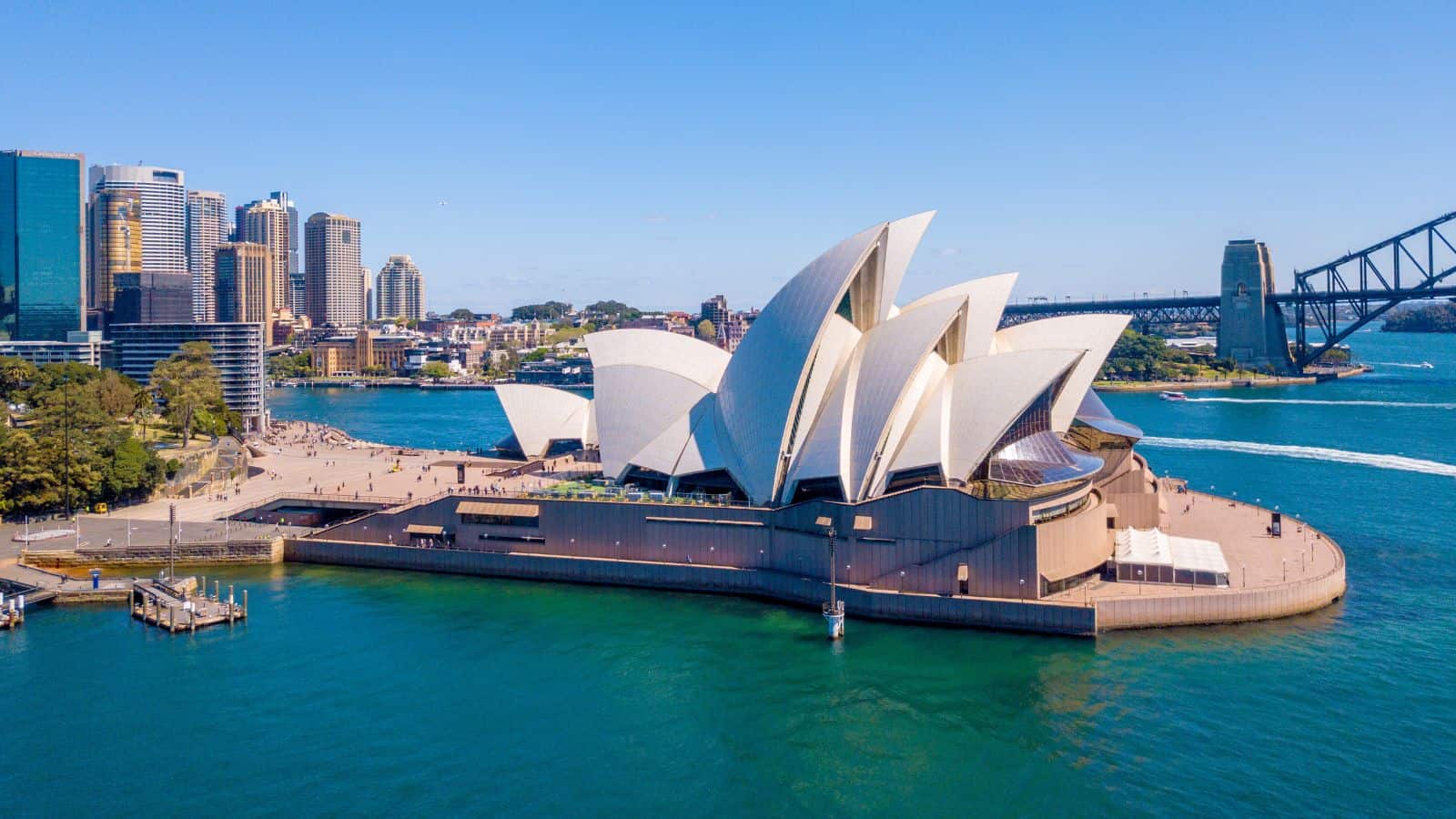
The iconic design of the Sydney Opera House was initially considered unbuildable, as architect Jørn Utzon’s radical plans faced significant engineering challenges. Despite years of setbacks and Utzon’s eventual resignation, the structure was finally completed, becoming a symbol of modern architectural innovation.
Secret Symbolism of the Statue of Liberty
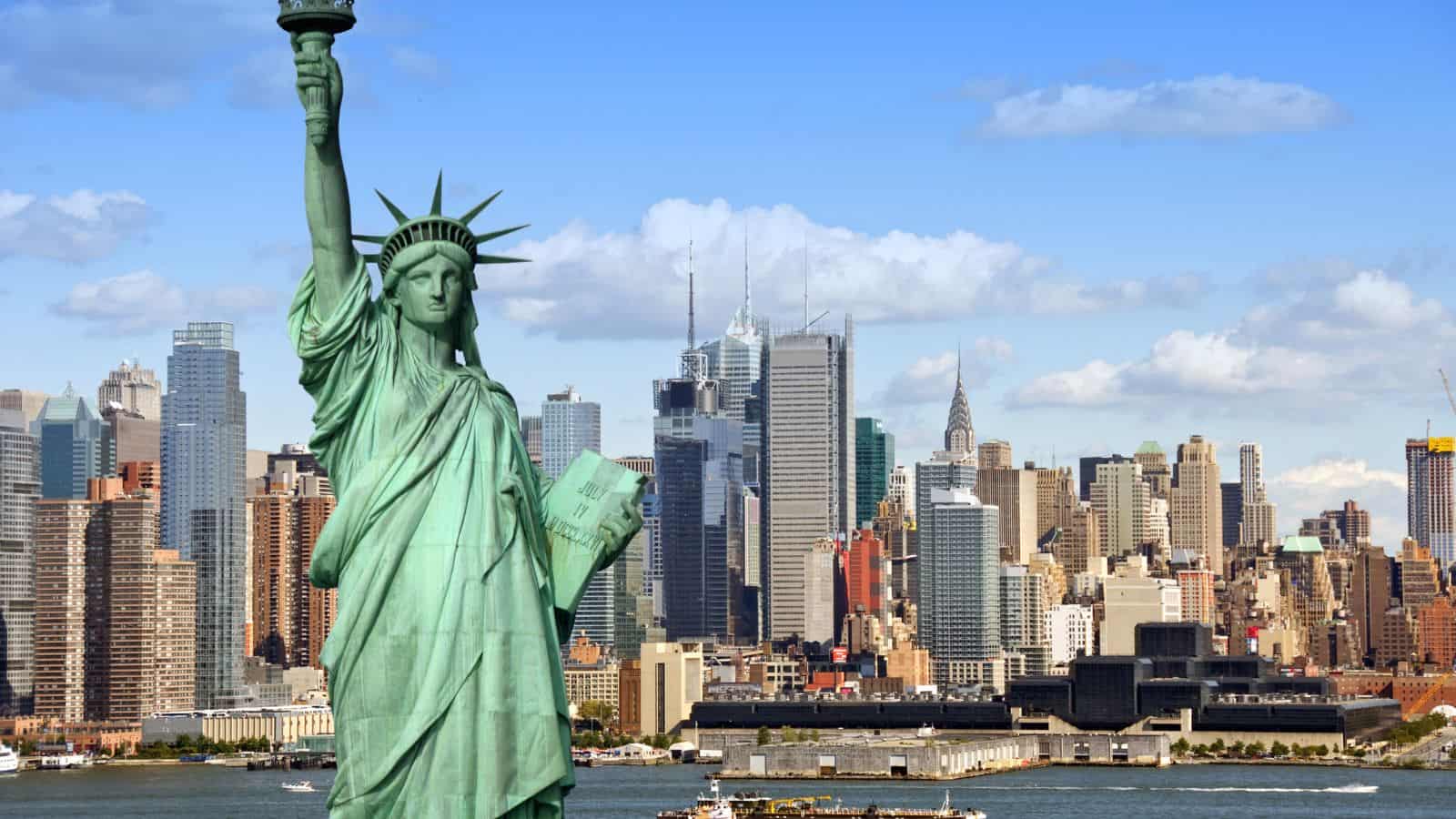
Not many people realize that The Statue of Liberty’s seven spikes on her crown represent the seven seas and seven continents, symbolizing universal freedom and democracy. Gifted by France in 1886, the statue’s torch also symbolizes enlightenment, shining light on the path to liberty and justice.
The Lost City Beneath the Tower of London
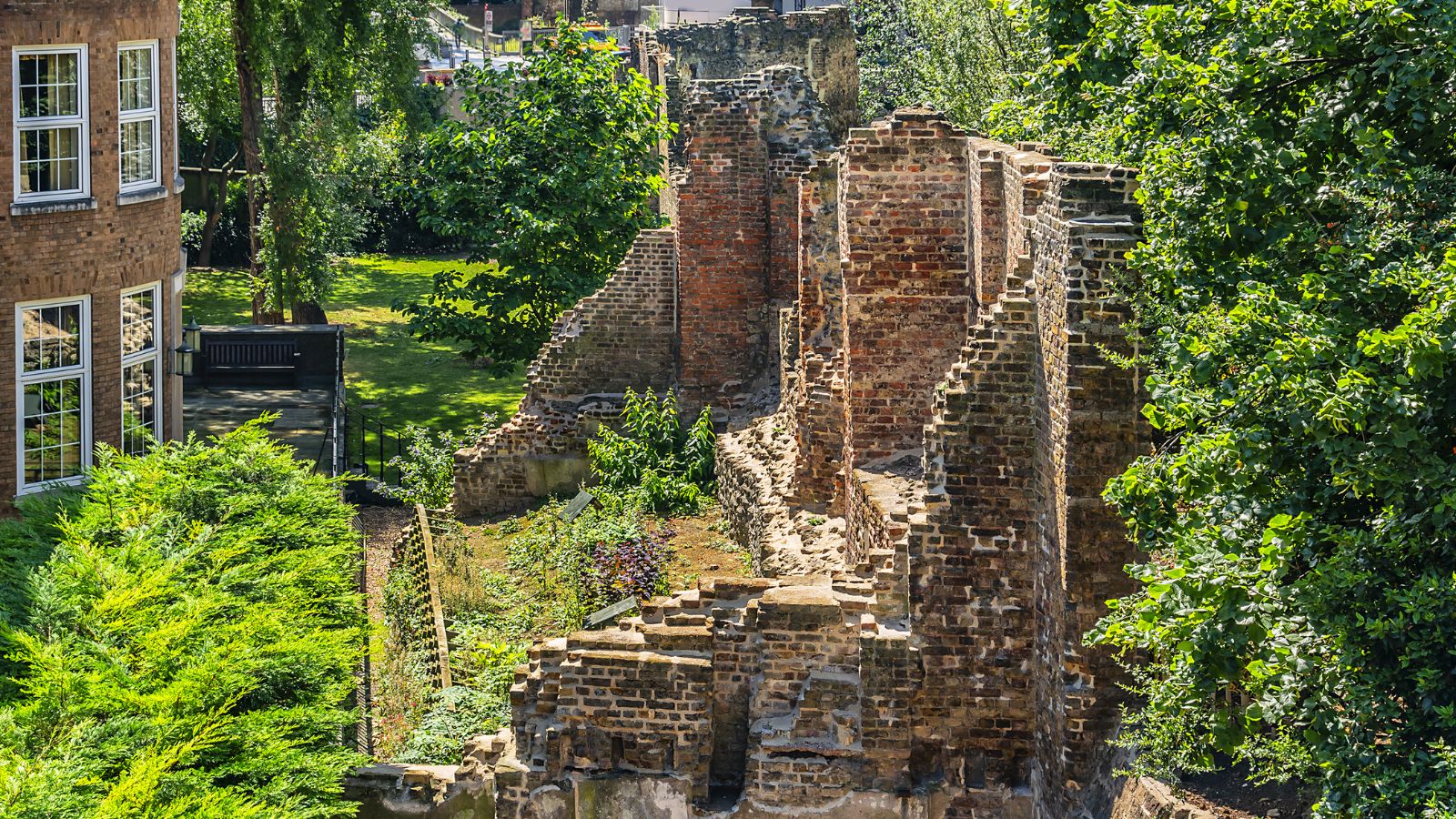
Even most Londoners don’t realize that beneath the Tower of London lies the remnants of a long-lost Roman city called Londinium. Archaeological excavations have uncovered ancient walls, pottery, and artifacts, providing fascinating insight into the lives of people who lived there nearly 2,000 years ago.
Taj Mahal’s Changing Colors

Unless you’ve been to India, you probably won’t know that the Taj Mahal appears to change color depending on the time of day and the moon’s position. Made of white marble, it can appear pinkish in the morning, milky white in the evening, and golden under the moonlight.
The Secret Room in the Lincoln Memorial
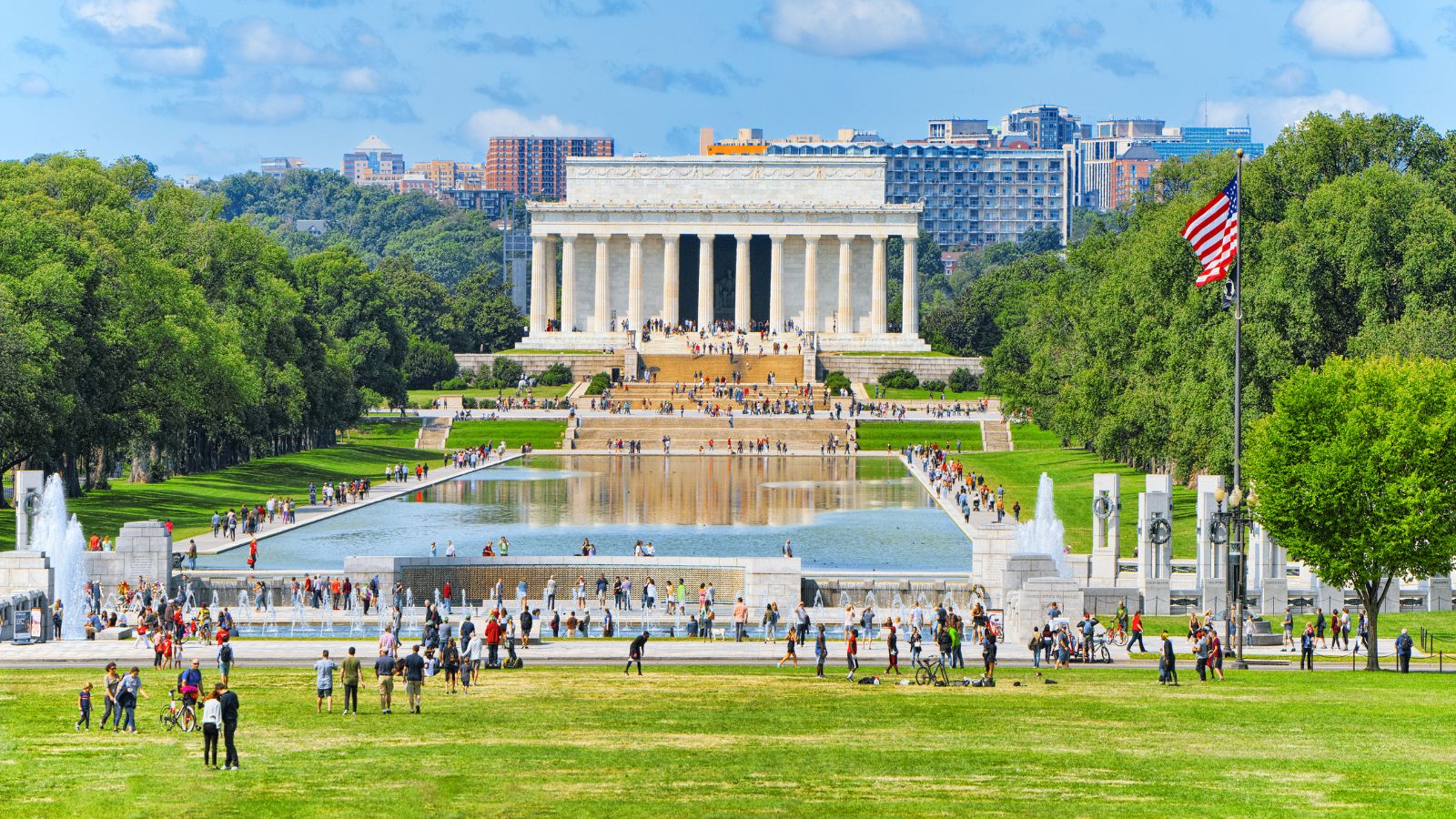
Yet another hidden room can be found beneath the Lincoln Memorial in Washington, D.C. This 43,800-square-foot space contains stalactites and stalagmites, resembling a cave. Initially intended for storage, it was abandoned during construction and is now off-limits to the public.
The Parthenon’s Explosive Past
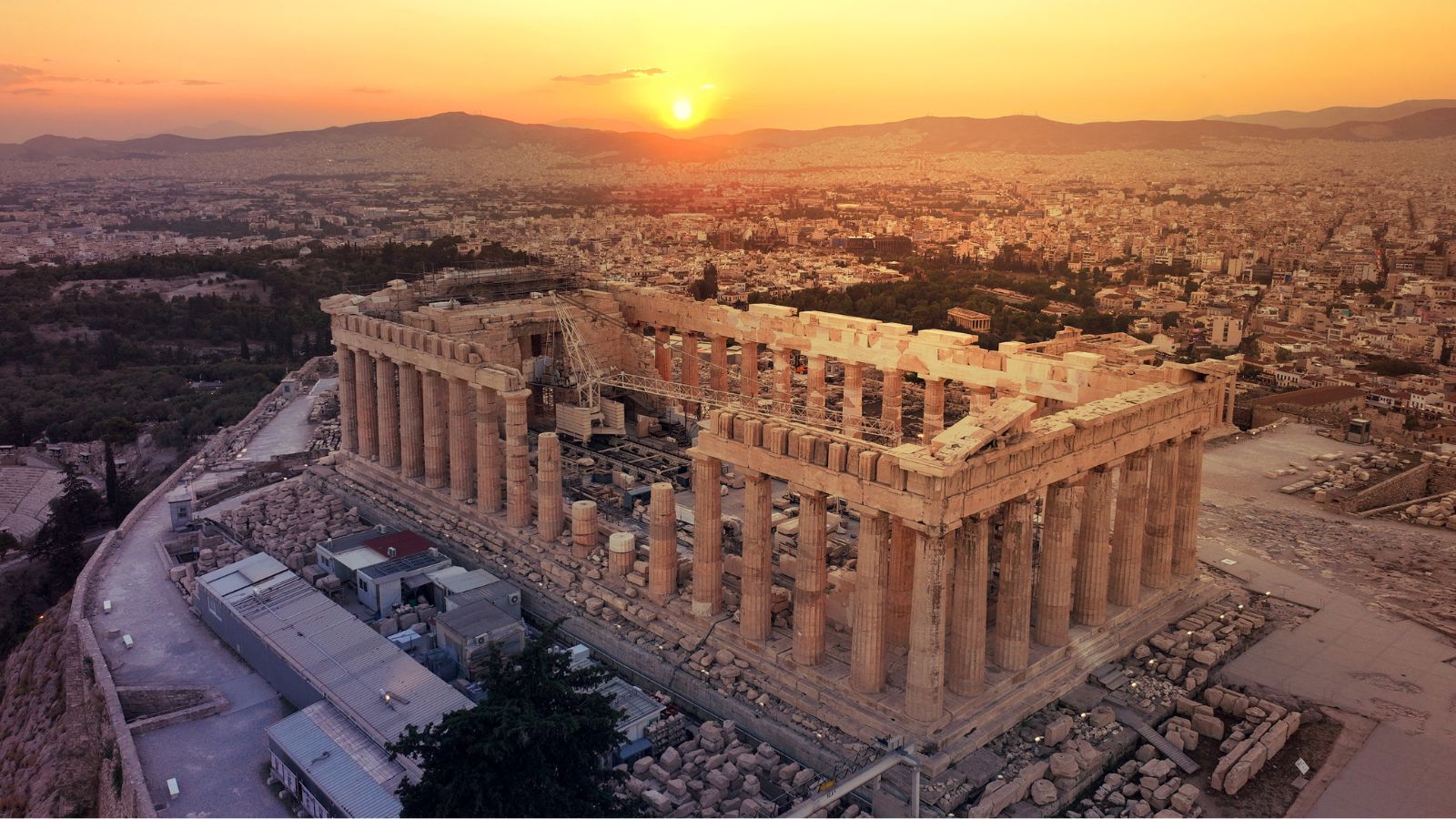
Back in 1687, the Parthenon in Athens was severely damaged when an Ottoman ammunition dump inside the building exploded during a Venetian attack. This tragic event destroyed much of the temple, leaving the ruins that tourists see today, forever altering its historic structure.
The Secret of Christ the Redeemer’s Arms
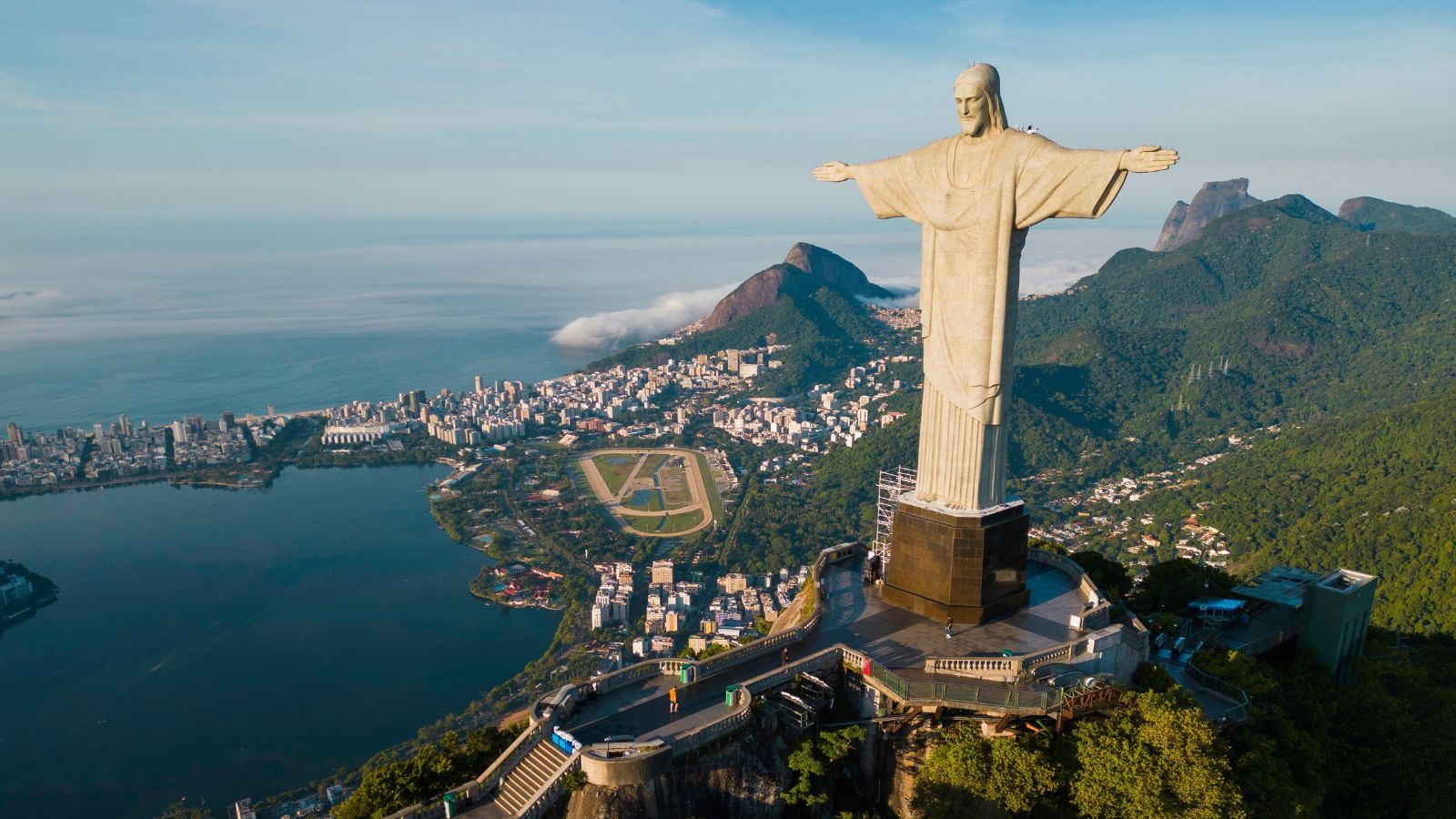
The arms of Christ the Redeemer statue in Rio de Janeiro function as lightning rods. Standing 98 feet tall, the statue often attracts lightning strikes, so engineers installed rods to protect the monument. Despite these measures, maintenance crews regularly repair lightning damage.
Louvre’s Subterranean Moat
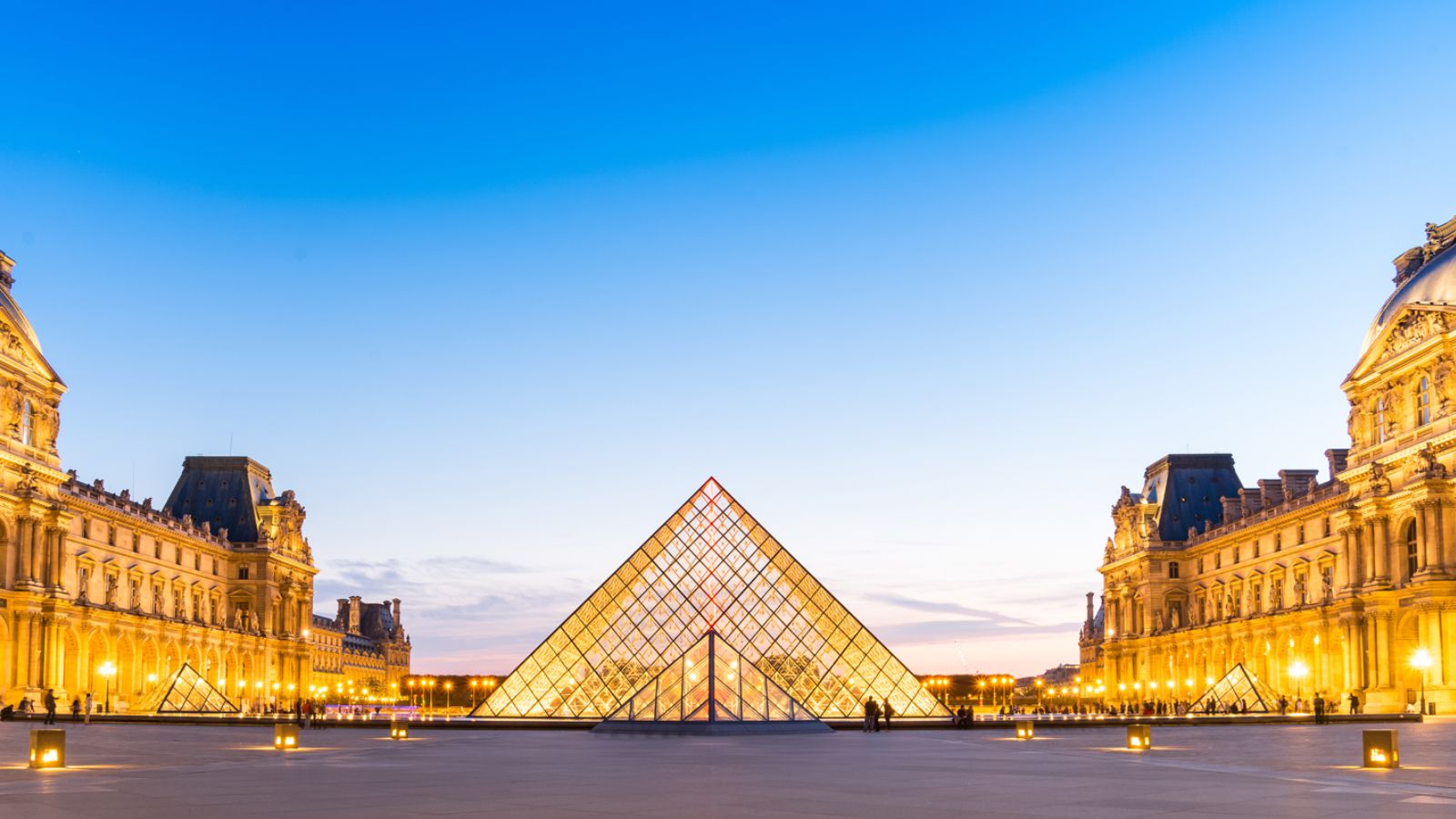
Beneath the Louvre Museum in Paris, visitors can explore the remnants of a medieval fortress. The original Louvre was built as a defensive structure, complete with a moat. Today, the foundations of this ancient fortress can be seen in the museum’s basement; it’s truly a fascinating day trip if you get the chance.
The White House’s Ghostly Residents
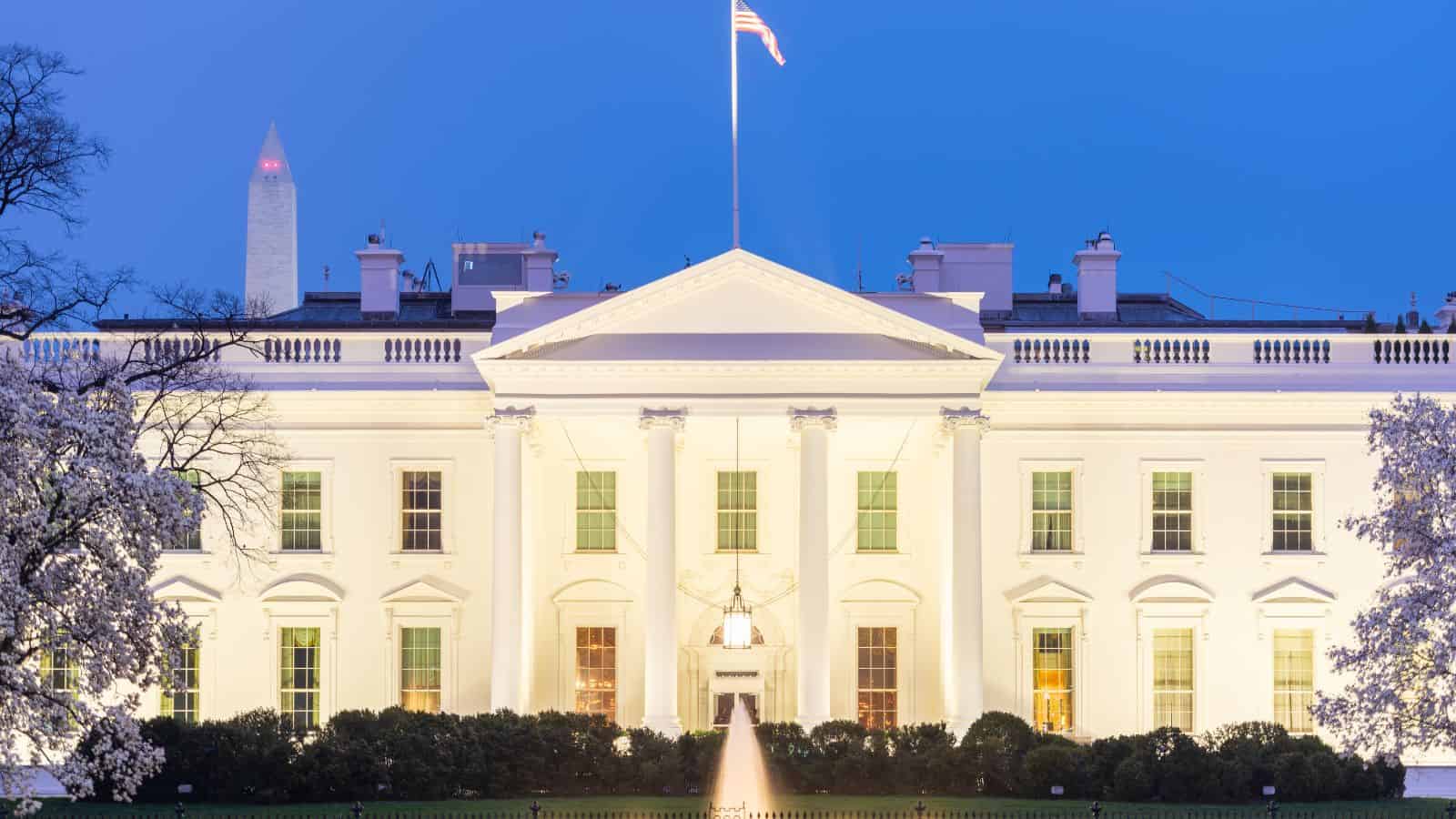
If you’re a ghost hunter, you’ll love to know that The White House in Washington, D.C., is rumored to be haunted by several ghosts, including Abraham Lincoln. Numerous presidents and staff members have reported strange occurrences and sightings, adding an eerie element to this historic residence’s rich and storied past.
A Mystical Eye in St. Peter’s Basilica
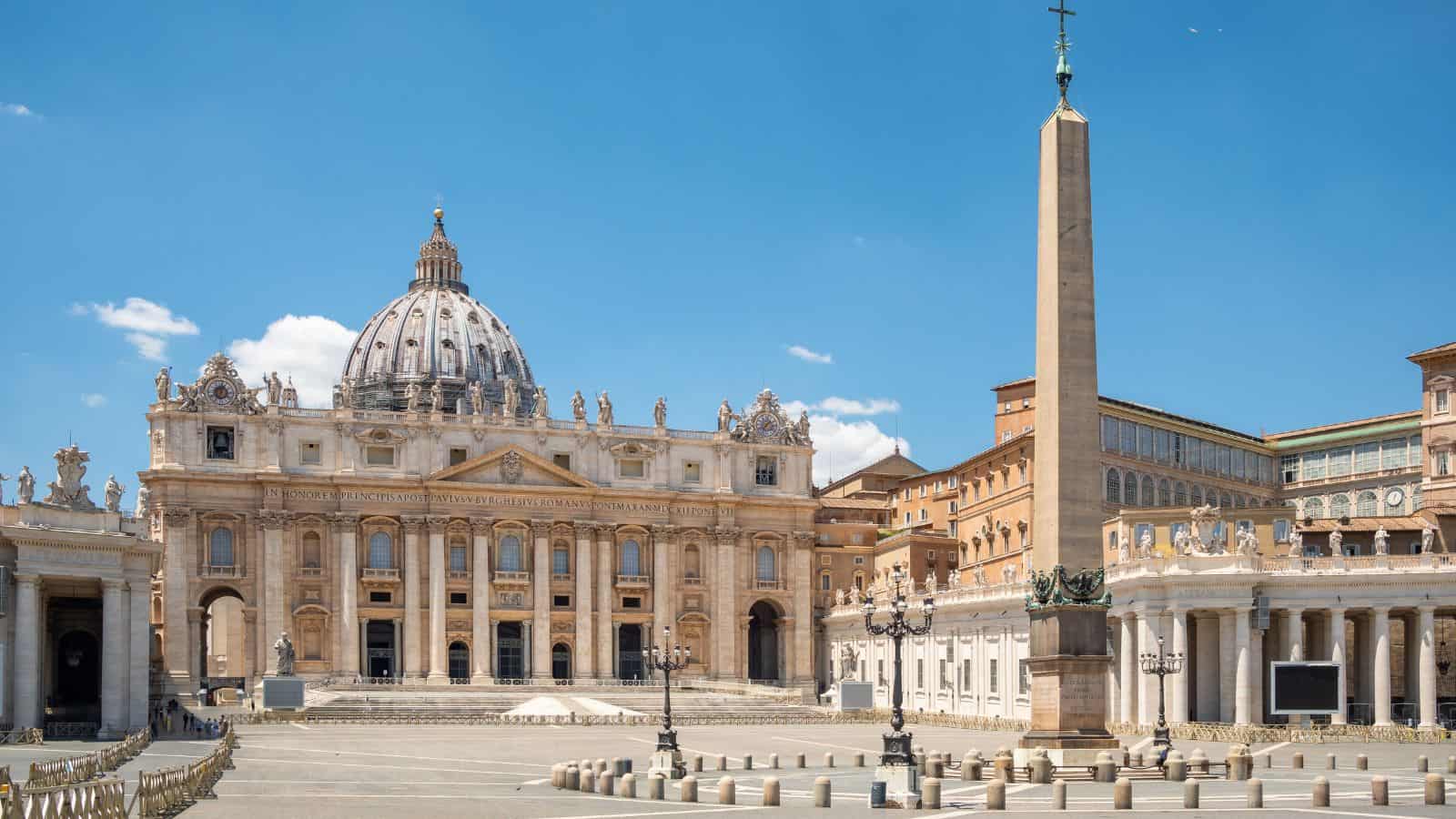
The final fascinating fact of this list is that in St. Peter’s Basilica, Vatican City, a unique optical illusion occurs at noon on the summer solstice. Sunlight passes through a particular window, creating an eye-like image on the floor. Amazingly, this phenomenon was intentionally designed by the architects to symbolize divine watchfulness. It’s definitely worth checking out if you ever get the chance.

